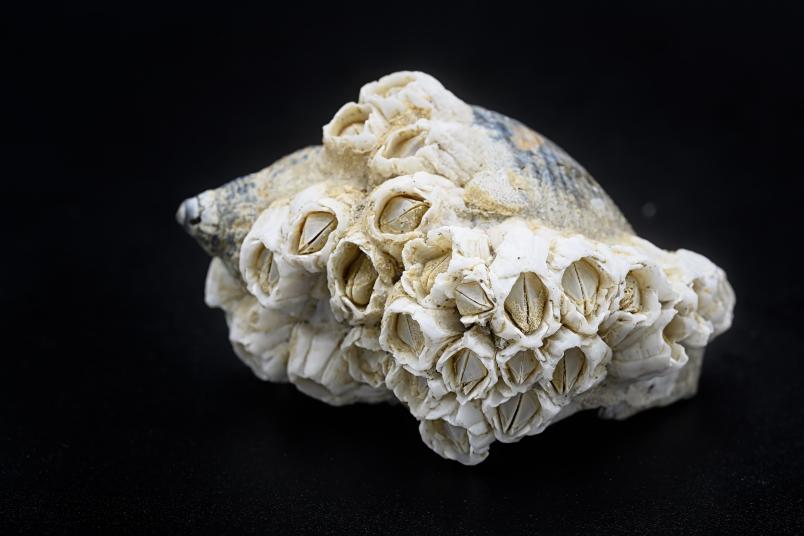
Chemistry
Ship Hulls with Limited Liability
How do you stop marine organisms from colonizing a tanker? Creative answers are needed to solve this problem, such as from the field of chemistry.
What does a tanker care if barnacles colonize it? Well, given the gigantic dimensions of such ships, you would think: nothing at all. However, when marine organisms colonize the surfaces of ships, this increases the flow resistance to such an extent that the ship’s fuel consumption increases by up to 60 percent. Researchers at Ruhr University Bochum, Germany, are therefore developing special surfaces to make life on the ship’s hull as uncomfortable as possible. Rubin, the science magazine of Ruhr University Bochum, features an article on their research.
Water rinses off biofouling
For decades, companies took the easy way out and applied toxic paints to the hulls of ships. But those days are over. In search for alternatives, Professor Axel Rosenhahn’s Biointerfaces research group is focusing on so-called biofouling release technology. The aim is not so much to stop living organisms from attaching themselves to the ship in the first place, but to weaken their grip. In that case, they will simply be rinsed off by the flow of water as the ship travels.
“The problem is that it’s not just one species that sticks to the ship, but a whole community of different organisms, each with their own specialization,” explains Axel Rosenhahn. The candidates include various bacteria and diatoms, for example. Both form biofilms and hide behind them. Algae, barnacles and mussels are the largest species that make their home on ship hulls.
Different forms of attachment
Many bacteria and algae secrete a gel-like matrix that first dries out the substrate and then sticks to it. “It’s a fascinating technique that has developed over the course of evolution,” says Rosenhahn, “considering how difficult it is to get anything to stick underwater.”
To make life as difficult as possible for these attachment specialists, Rosenhahn’s team relies on polymers in a wide variety of thicknesses, shapes and compositions. “You want the surface to be as slippery as possible,” he explains. “Preferably a little bit fluffy on the surface – but not too soft, of course.”
The researcher is currently taking a particular interest in hybrid polymers made from natural sugar compounds and so-called silanes as cross-linking units. They are compact and form thin layers, are themselves highly inert and easy to clean. They can also be additionally equipped with amino functionalities so that they release active substances that deter bacteria.
Detailed article in science magazine Rubin